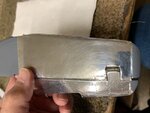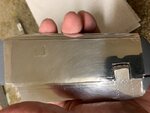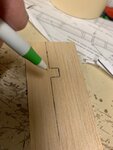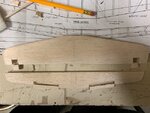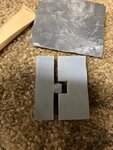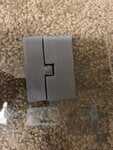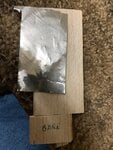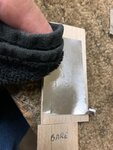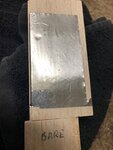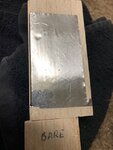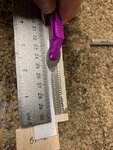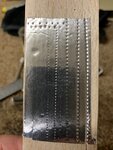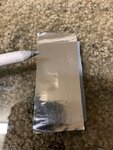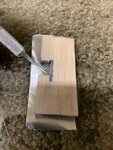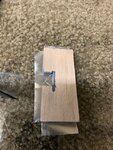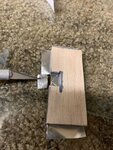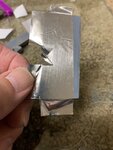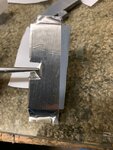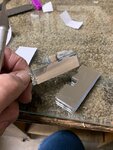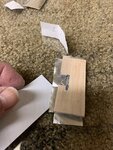- Thread starter
- #401
Skyediamonds
Staff Sergeant
- 1,362
- May 26, 2018
Kevin,
Thank you sir. I'm still very active in working on the model and will resume posting soon. I'm now at the stage where I've finished all the experimentation and now I need to practice on faux sections of the tail. I choice the tail area to be my first to cover with the foil and work my way forward.
I'll be posting the results of my practice sessions to show how I made some mistakes and learned from them before applying to the model. At least, the theory is that I hope to minimize any mistakes on the model.
Thank you sir. I'm still very active in working on the model and will resume posting soon. I'm now at the stage where I've finished all the experimentation and now I need to practice on faux sections of the tail. I choice the tail area to be my first to cover with the foil and work my way forward.
I'll be posting the results of my practice sessions to show how I made some mistakes and learned from them before applying to the model. At least, the theory is that I hope to minimize any mistakes on the model.

